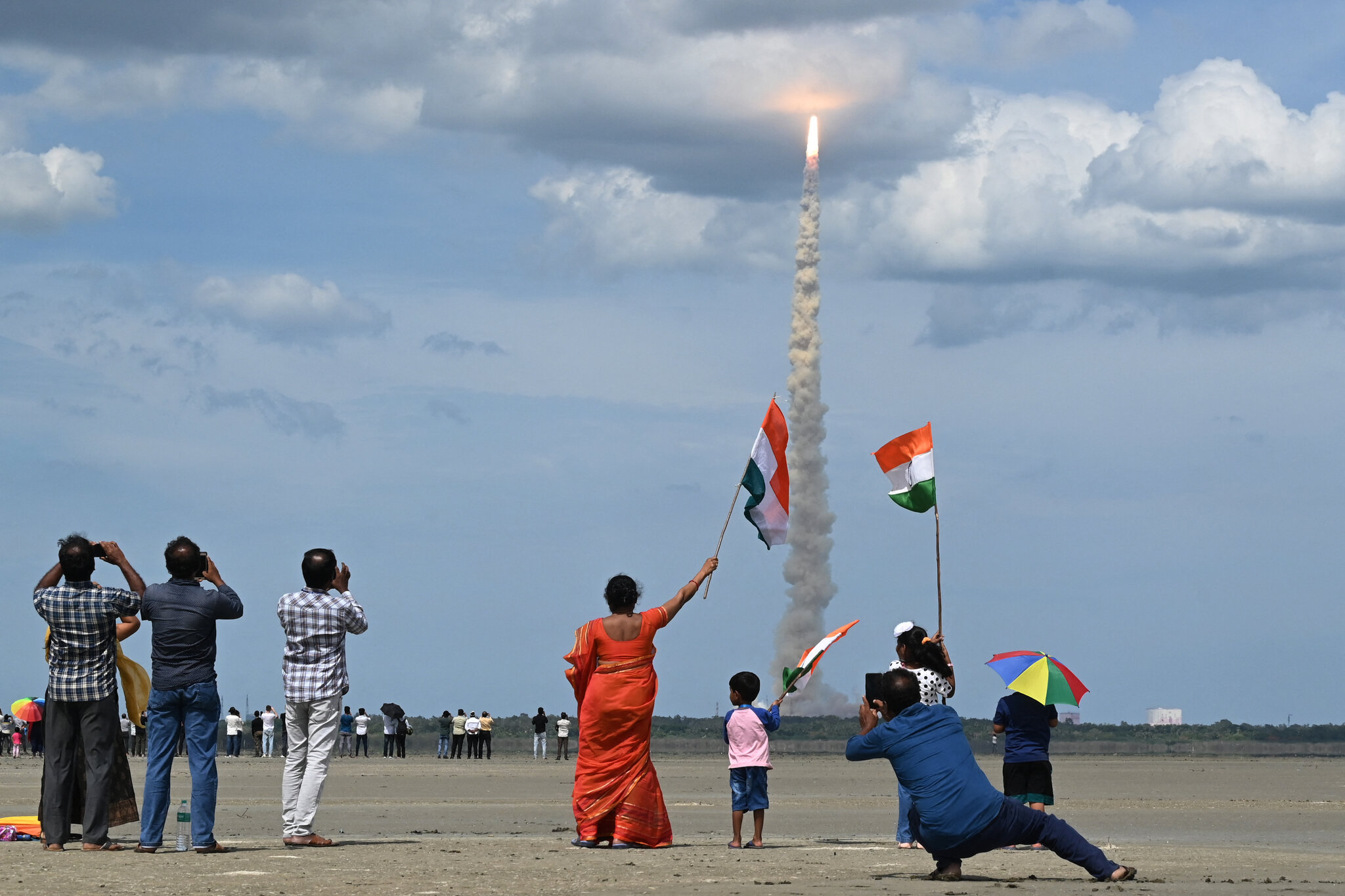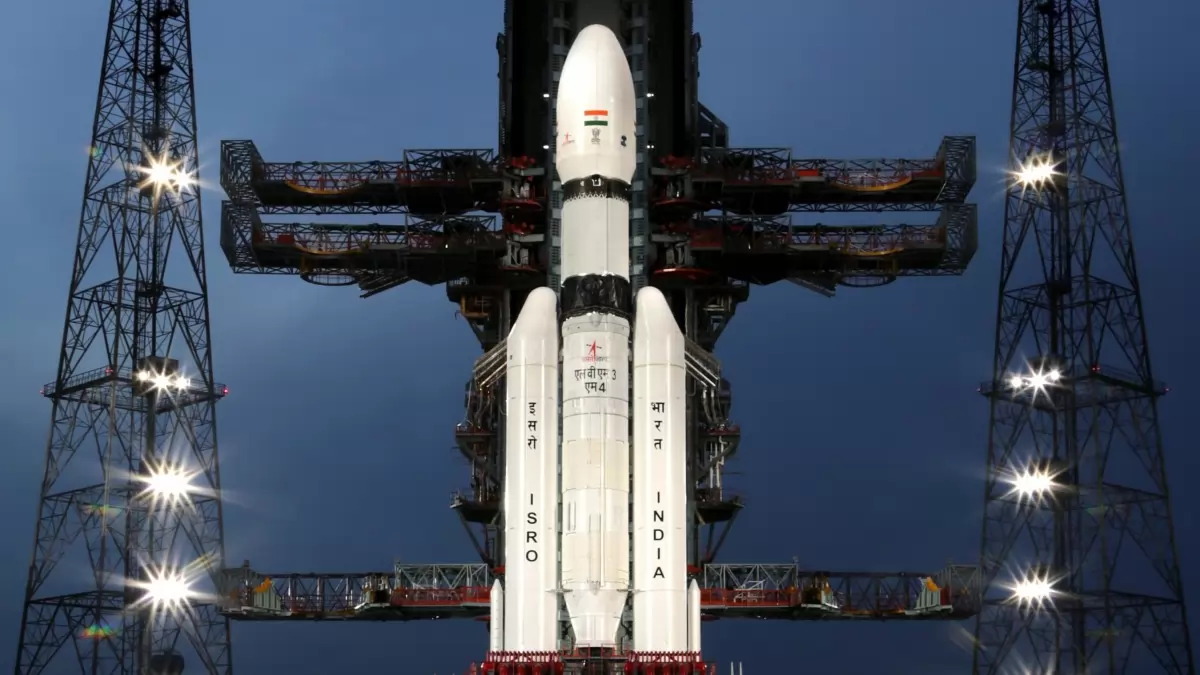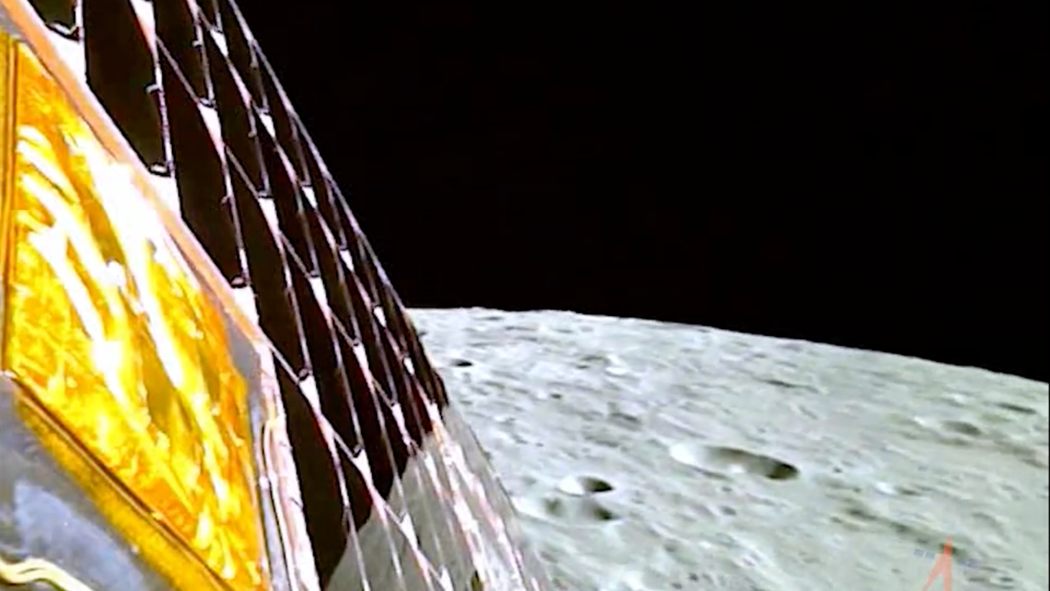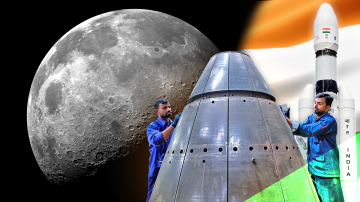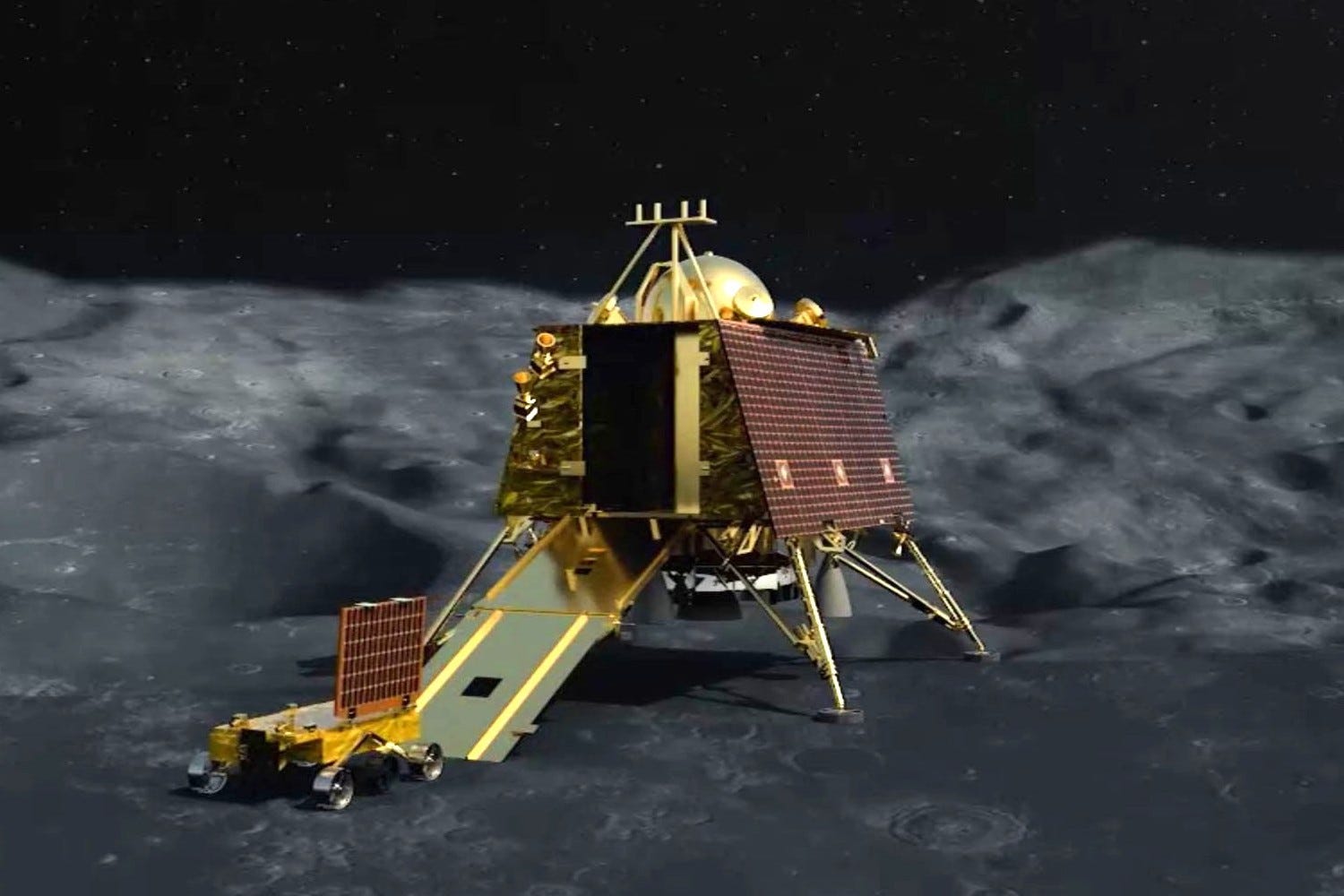
Coming on the heels of Russias lunar lander crash over the weekend, India is hoping to become on Wednesday the first nation to set down in the moon’s south polar region.
Its been almost four years since Indias last attempt to land on the moon, Chandrayaan-2, ended in a crash. On Wednesday, India is hoping that the uncrewed Chandrayaan-3 mission will reach the lunar surface in one piece.
How and when can I see the landing?
On Wednesday at 8:34 a.m. Eastern time (which is 6:04 p.m. in India), the Chandrayaan-3 landing module is anticipated to touch down on the lunar surface.
The mission control centre in Bengaluru will transmit live from the countrys space programme, the Indian Space Research Organisation. Starting at 7:50 a.m. Eastern, you may watch it on ISROs website or YouTube page.
Chandrayaan-3: What is it?
Hindi for moon craft is Chandrayaan. The landing module, which comprises of the Vikram lander and the Pragyan rover that will attempt to touch down on the lunar surface in the moons south polar area, is in addition to the propulsion module that sent the spacecraft into orbit around the moon. There are no astronauts on board, and the mission is robotic.
Because the sun will rise at the landing site on August 23, that day has been chosen for the landing. When the sun sets two weeks from now, the mission will be completed. The solar-powered lander and rover will conduct thermal, seismic, and mineralogical observations while on the surface using a variety of instruments.
Why is India making a lunar landing?
Both Indias space programme and its expanding list of commercial space start-ups are causes for national pride. The countrys recent space exploration endeavours closely match its diplomatic thrust as an aspirational power on the rise.
After Chandrayaan-3 was launched to the moon last month, Prime Minister Narendra Modi remarked, Thanks to our scientists, India has a very rich history in the space sector. The hopes and dreams of our country will be carried by this amazing mission.
However, Chandrayaan-3 is also taking place at a time when interest in lunar exploration has increased. More robotic missions from Japan and the United States may travel there this year, and both China and the United States plan to deploy humans there in the next years. Similar to India, several other lunar missions are aiming towards the south polar area of the moon. According to scientists, it could have water ice that astronauts in the future could use.
What will occur when the plane lands?
On July 14, Chandrayaan-3 blasted out on a lengthy yet fuel-efficient voyage. On August 5, it entered lunar orbit and has been modifying its trajectory ever since to get closer to the moons surface in anticipation of landing.
In an elliptical orbit around the moon, the lander can go as near as 15 miles above the surface. According to ISRO, the spacecraft will fire its engines on Wednesday at about 8:15 a.m. Eastern time to launch Vikram out of orbit and start its descent to the planets surface. Its fall will be further slowed by the engines, and a gentle landing is anticipated to occur in around 20 minutes.
